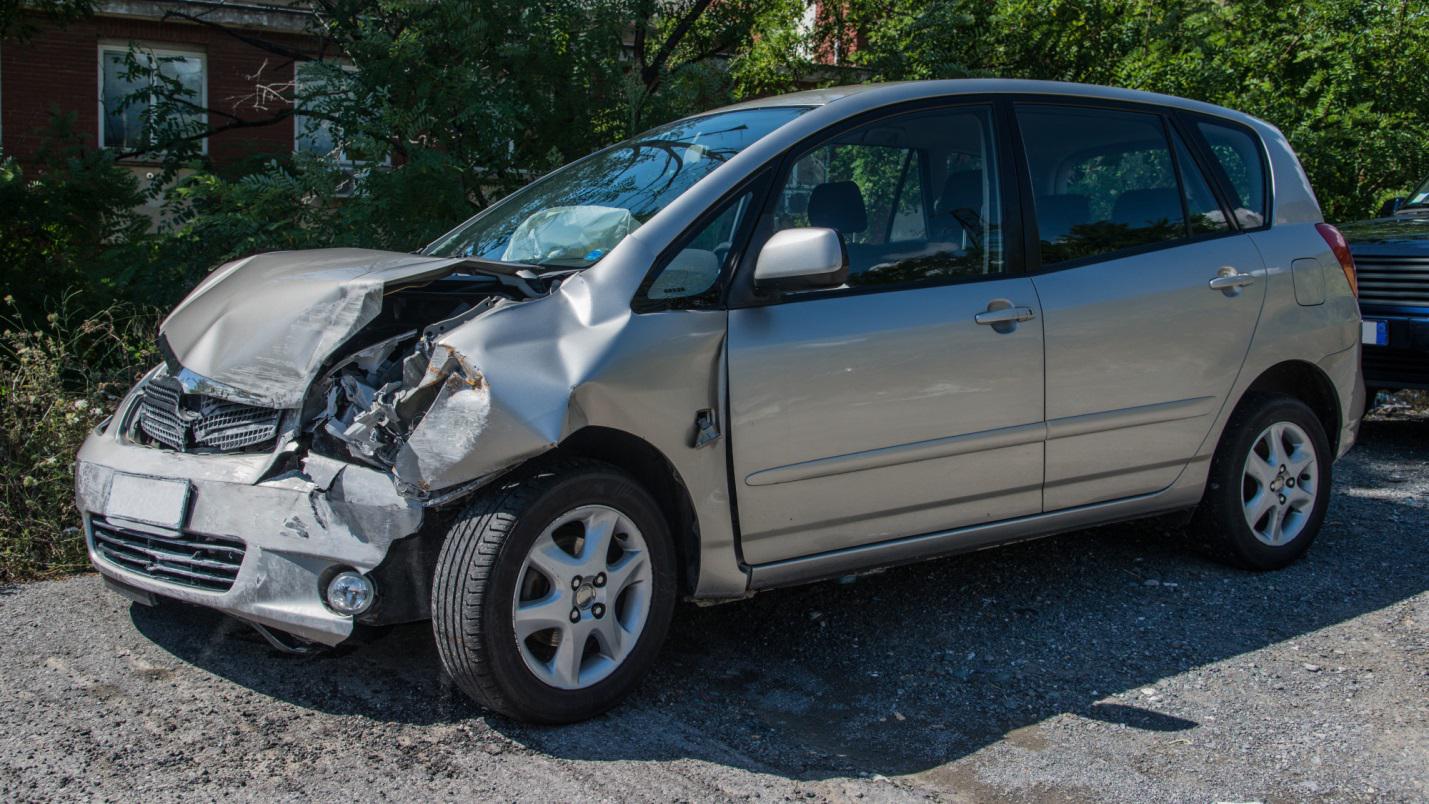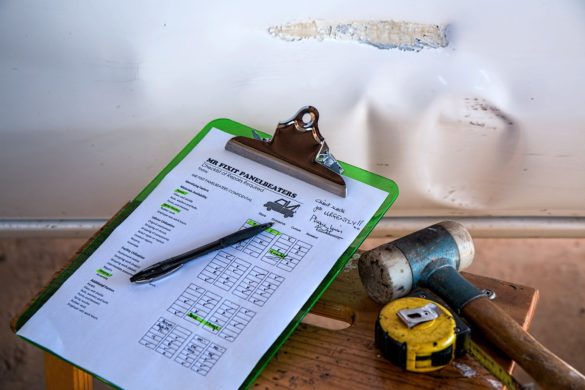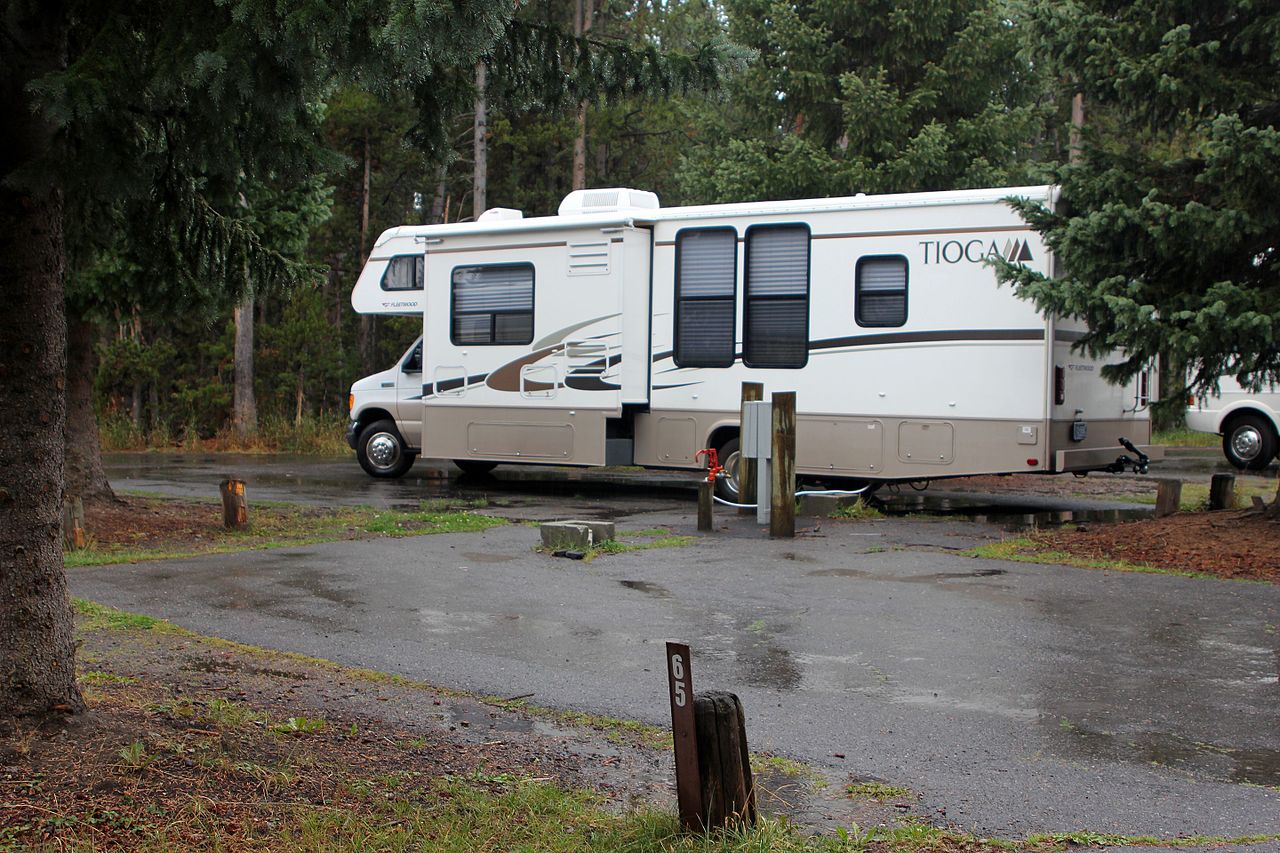
As soon as the weather conditions are no longer ideal for driving in your classic convertible, or perhaps you would like to leave town for a bit, you should store your vintage automobile in a regulated environment. Many people store their classic cars through the cold months of winter aiming to protect them from salt, precipitation, and unsavory conditions. Placing a Vehicle in long-term storage provides many advantages.
Antique autos usually feature vintage components, exclusive alterations, and even delicate materials, all creating the need for top quality storage. For reassurance, lessen the threat of accidental damages, defacement or even theft by making sure your classic beauty has the best security, servicing, and shelter.
More: Most exceptional classic car
Find the Right Home
Dampness, as well as rodents, are a classic car’s toughest adversaries. Your storage area must be thoroughly clean and free of moisture. Even though mice can work themselves through the smallest openings and into the most decent garages, tight-fitting entrances will help keep out larger unwanted pests.
Ideally, you should devote the storage area expressly to the vehicle, that means not piling items around the car. Preferably your garage will have a cement floor and temperature-controlled in the best circumstances. For the most effect safeguarding of your prized possession, place a water-resistant cover over the whole length of your vehicle to protect against dirt, dust, filth, and little creatures.
Give it a Good Clean
Never store your classic car without giving it a good wash. Dirt and grime will eat through the paint over an extended period. Carpets and seats need a proper vacuuming, as does the trunk. After a good bath, let your car dry thoroughly before giving it a good coat of quality paste wax. Look out for chips and fix them to avoid rust.
Get the Oil Changed
Because oil breaks down, becoming acidic over time, get an oil change before storing your vehicle for longer periods. When getting your classic car out of storage and back on the road, change the oil again. If the vehicle sports an oil-bath air filter, get the dirty work done now and out of the way. Drain, clean and store the filter once dry. Fill with fresh oil when the car comes out in the spring.
Store the battery
It is wise to remove the battery from the car, keeping in in a temperature-controlled location in which there is virtually zero threat of it freezing. It is a fallacy that placing a battery directly on a cement surface will harm it. Place a small amount of white grease on the terminals, as well as on the ends of the cable connections to prevent corroding. With a trickle charger, give the battery a tiny boost a few times during the winter season.
Protect your investment
Take the time to make sure your vehicle is appropriately insured throughout the course of its storage. You want to be safeguarded if there is a fire or other damage, or even if the automobile is lost through theft. Remove all documents from the glove box and lock the car tightly. Keep the keys at home, particularly if your storage facility is not near your home.
Have smoke alarms, fire extinguishers, and sprinklers as a feature of your classic car’s garage. Ensure entrances have a minimum of three hinges as well as a deadbolt lock that is at least one-inch in length. Head and foot bolts are an added protection against intruders. Top up the tank with gas and a fuel stabilizer to provide further protection to the engine.
What may feel like a lot of work is minuscule when compared to the myriad of possibilities should you not store and secure your vintage vehicle properly. Appropriately storing and protecting your collectible car is just as important as the many improvements and modifications you make during the rest of the year.
You might also enjoy: How to hibernate your car for storage








